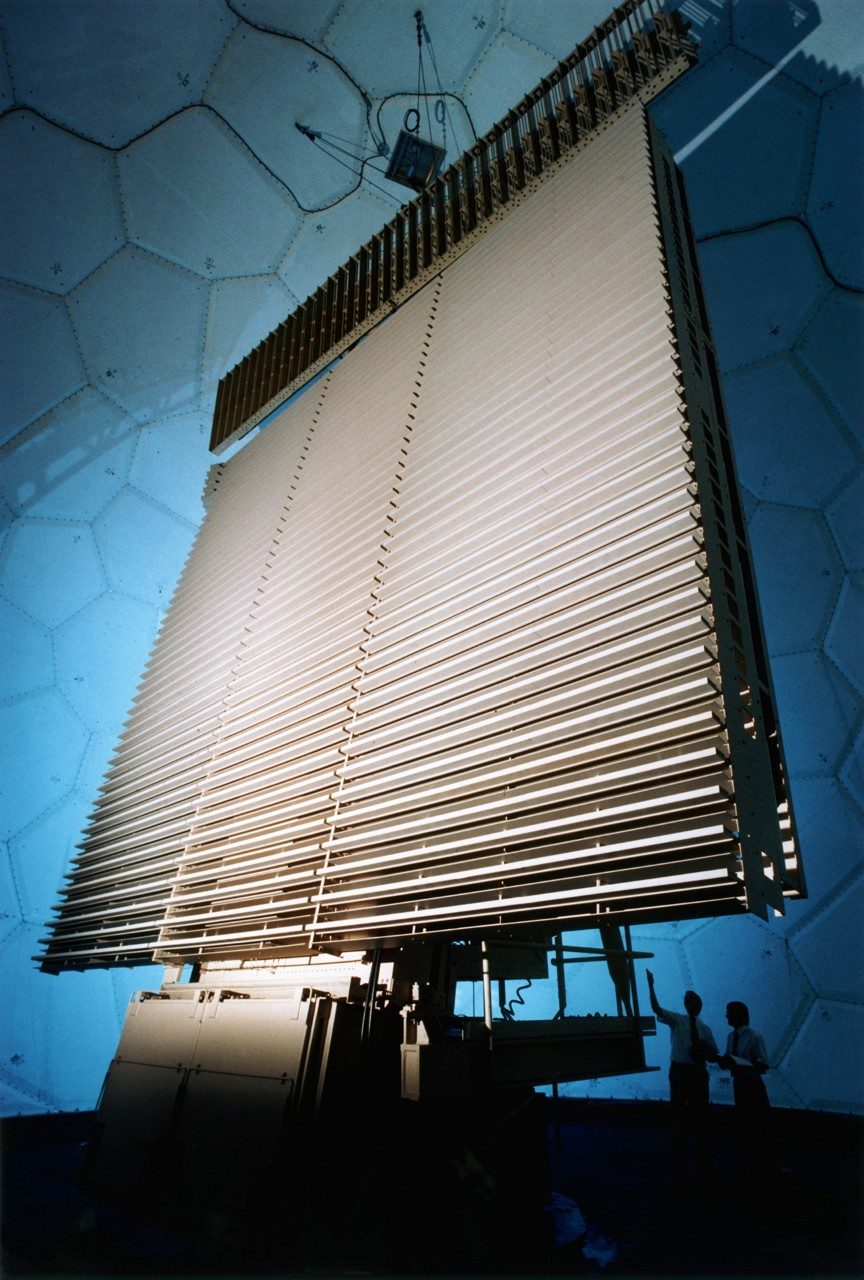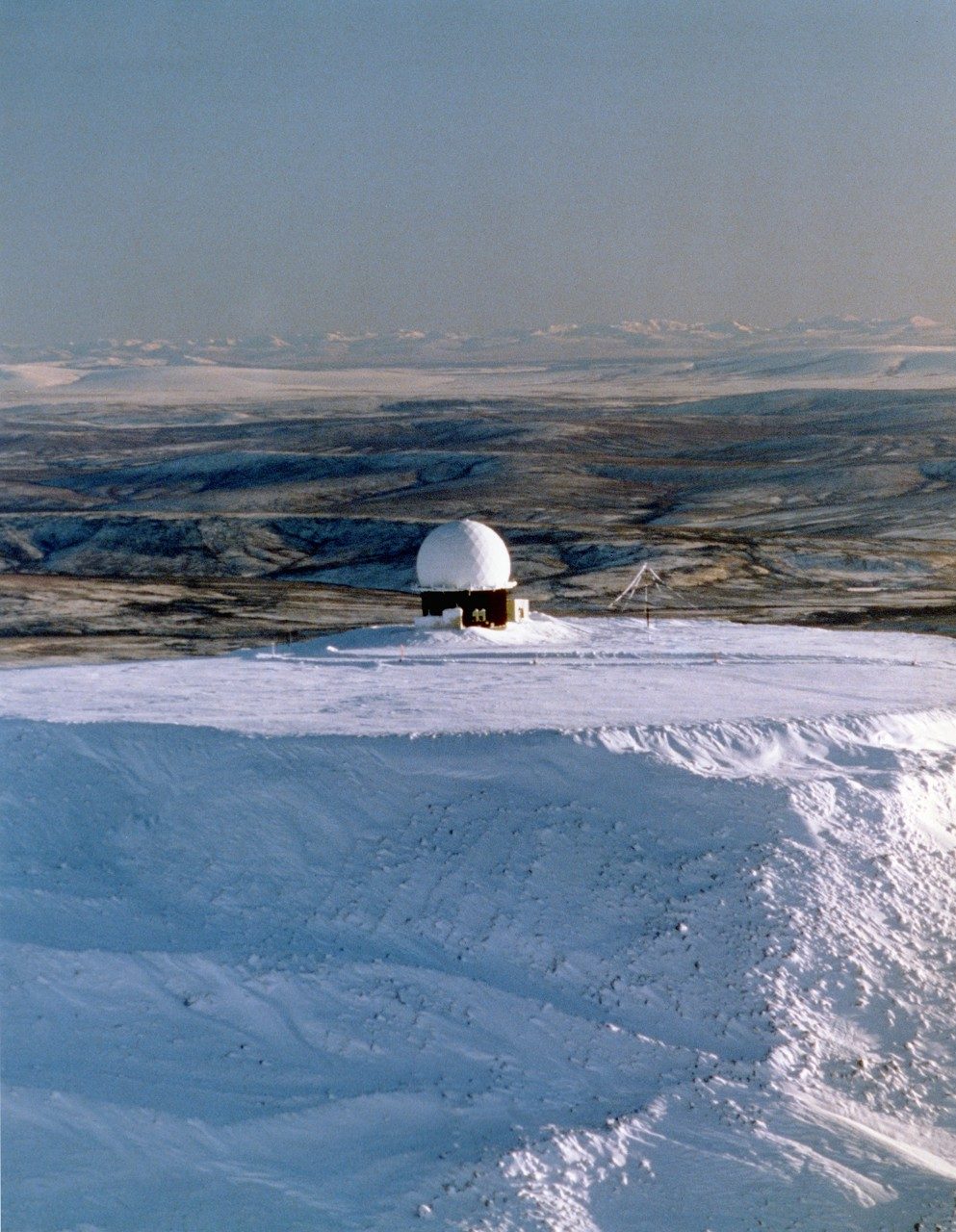From 1951 to 1983, there was an Air Force post at the top of the world, which stood vigilant watch against Soviet aircraft during the Cold War. One of the Air Force’s most remote assignments, Cape Lisburne Air Force Station was a treeless, lonely outpost on the northern coast of Alaska that saw good sunlight for just six months out of the year. Clark Speicher is now a business development manager at Lockheed Martin, but in the spring of 1982 he was a squadron operations officer in the United States Air Force, stationed at this northernmost radar site of the Alaskan Air Command.
“The most important thing I learned while staying at Cape Lisburne was how to deal with people and keep them motivated in a stressful and demanding environment,” Speicher said. “It was important to remain positive and upbeat.”

Keeping Watch
At Cape Lisburne, Speicher was responsible for ensuring the radar operators were manning the scopes around-the-clock to detect, report, and track any aircraft entering U.S. airspace. Once an aircraft was detected, it would be reported to the North American Aerospace Defense Command (NORAD) Control Center at Murphy Dome Air Force Station and the Alaskan NORAD Regional Operations Command Center at Elmendorf Air Force Base in Anchorage, Alaska. Officials at Elmendorf would make the executive decision whether or not to respond and intercept the intruder. If the Air Force’s interceptors happened to be scrambled, Clark was responsible for directing the interceptors to the target.
While the remote tour in Alaska was a memorable and important experience in Speicher’s life, it was filled with many long, uneventful days. As Speicher moved on to his next assignment, the Air Force was completing its construction of the Alaskan NORAD control center at Elmendorf. As part of the 1983 upgrade, Lockheed Martin assisted the Air Force in their systems upgrade by delivering the FPS-117 long-range surveillance radar system.
The FPS-117 radar systems provided the Air Force with substantial cost savings and state-of-the-art technology, delivering radar data via satellite from the remote radar posts to the control center at Elmendorf. The ability to remotely control the radars allowed the Alaskan Air Command to pull its personnel out of the thirteen radar sites in Alaska, significantly reducing the Air Force’s operations, maintenance, and personnel expenses. It also served to increase the Air Force personnel’s morale and retention by eliminating assignments to the remote sites. In addition, this game-changing innovation generated and delivered data to the Elmendorf base at a faster rate, allowing for Air Force leadership to make crucial decisions in a timelier manner.

Walking With a Polar Bear
In 1983, the radar surveillance station was closed and the base re-designated as a Long Range Radar site. Speicher retired from the Air Force in 2008, but he still remembers the year he spent at Cape Lisburne. Especially the time he accompanied visiting groups from the National Oceanic and Atmospheric Administration and the Alaska State Game Commission on an expedition to track migrating polar bears. The group tracked a polar bear by helicopter across the arctic icecap before shooting it with a tranquilizer gun. While the bear was sedated, the team took a “trophy photo” of Speicher and the bear. Afterward, the scientists collected samples and measurements from the bear for their polar migration study.
Today, Speicher’s work as a Lockheed Martin business development manager means he works in support of a number of programs, including the FPS-117. In 2011, Lockheed Martin began modernizing the twenty-nine FPS-117 long-range surveillance radars, which will extend their lives through 2025. That might be bad news for anyone looking to run into a polar bear, but it’s good news for the Air Force and anyone who doesn’t want to spend a year in the remote Alaskan tundra.
Sources and Further Reading
- Ohlinger, Major Charles T. “Cape Lisburne Air Force Station: Abbreviated History,” 1981, http://www.radomes.org/museum/documents/CapeLisburneAFSAKhistory1981.html.
- “Revitalizing the Alaskan Air Command.” – Lockheed Martin Internal Publication Article
- http://www.lockheedmartin.com/us/news/press-releases/2011/november/LockheedMartinModernize29.html, accessed 7 September 2012.




